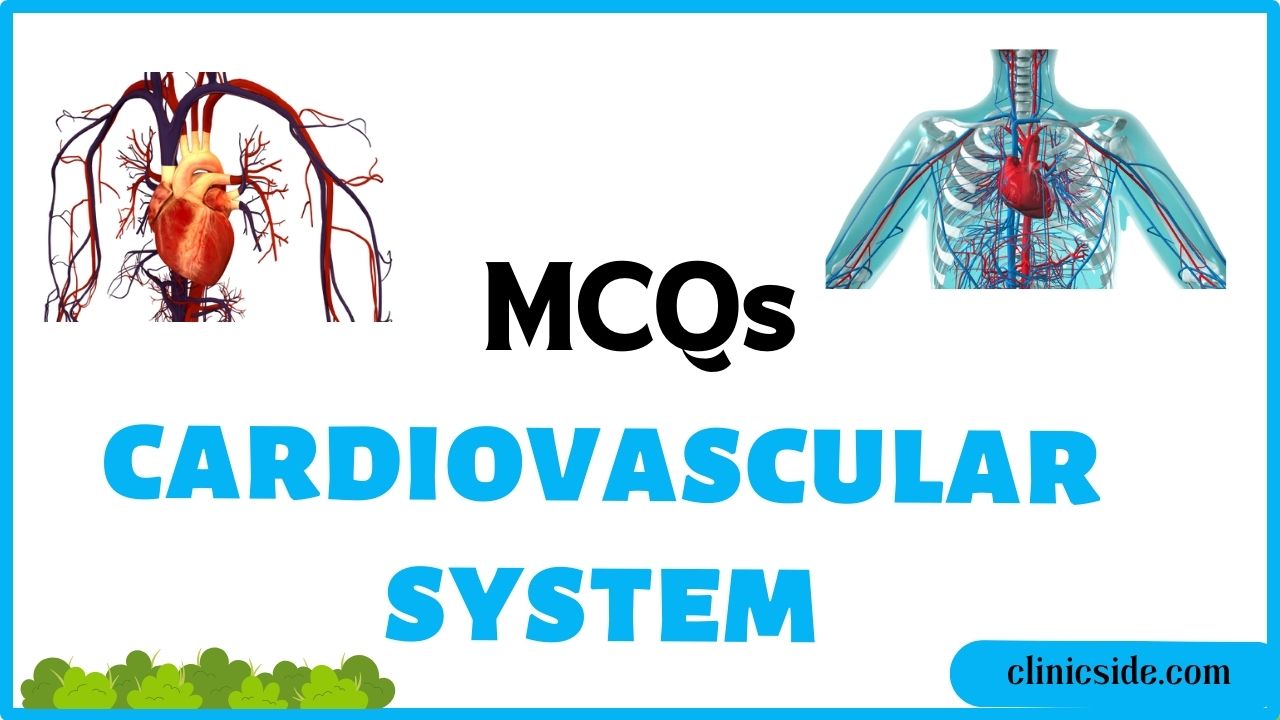Quiz
Available options: 1 to 20
Understanding the Human Liver: Anatomy and Function
The liver is a vital organ with complex functions that are essential for overall health. This overview explores the liver’s anatomy and physiological roles in a clear, structured manner to aid both students and professionals in understanding this crucial organ.
Anatomy of the Liver
The liver, located in the upper right side of the abdomen, is a reddish-brown organ with significant size and function. It’s the largest internal organ and gland in the human body, weighing between 1.2 and 1.5 kilograms in adults.
Liver Lobes
The liver is divided into two main lobes:
Right Lobe: The larger lobe, making up most of the liver’s mass.
Left Lobe: Smaller and more flattened compared to the right lobe.
Additionally, there are two smaller lobes: Caudate Lobe: Found on the back of the liver, near the inferior vena cava.
Quadrate Lobe: Positioned close to the gallbladder.
Blood Supply
The liver has a special way of getting blood.
Hepatic Artery: Delivers oxygen-rich blood from the heart.
Hepatic Portal Vein: Brings nutrient-rich blood from the digestive tract.
This dual blood supply ensures that the liver receives about 25% of the heart’s output, emphasizing its role in processing blood.
Liver Structure
Inside the liver, the functional units are called lobules. These are hexagonal structures consisting of hepatocytes (liver cells) arranged around a central vein. Key components include: Sinusoids: Specialized blood vessels that allow blood to flow through the liver tissue.
Kupffer Cells: Specialized cells that help filter and remove debris from the blood.
Physiology of the Liver
The liver’s diverse functions are crucial for various bodily processes, including metabolism, detoxification, and synthesis of essential substances.
Metabolic Functions
The liver is central to several metabolic processes:
Carbohydrate Metabolism: Regulates blood sugar levels by storing glucose as glycogen and converting it back when needed. It also produces glucose from non-carbohydrate sources in a process called gluconeogenesis.
Lipid Metabolism: Involves synthesizing cholesterol and triglycerides and producing bile to aid in fat digestion.
Protein Metabolism: Synthesizes important proteins like albumin (which helps maintain blood volume) and clotting factors. It also converts excess amino acids into urea for excretion.
Detoxification and Excretion
It is very important for cleaning the body from toxins. Drug Metabolism: Processes and breaks down drugs and other chemicals, making them easier to excrete.
Ammonia Conversion: Converts toxic ammonia, a byproduct of protein breakdown, into urea, which is then excreted by the kidneys.
Synthesis of Essential Substances
The liver is responsible for producing:
Bile: A substance necessary for the digestion and absorption of fats in the small intestine.
Plasma Proteins: Includes albumin and clotting factors necessary for maintaining blood volume and preventing excessive bleeding.
Lipids and Lipoproteins: Helps transport fats throughout the body.
Storage Functions
The liver stores important substances:
Glycogen: A form of glucose storage that can be converted back to glucose when needed.
Vitamins and Minerals: Stores fat-soluble vitamins (A, D, E, K) and vitamin B12, as well as iron in the form of ferritin.
Immunological Functions
The liver also contributes to the immune system:
Kupffer Cells: These cells act as part of the immune system, engulfing pathogens and old blood cells to help protect the body.
Clinical Significance
Understanding liver functions is essential for diagnosing and treating liver-related conditions. Common issues include:
Hepatitis: Inflammation of the liver, often caused by viral infections or other factors.
Cirrhosis: Chronic liver damage resulting in scarring, often due to alcohol use or hepatitis.
Liver Cancer: Tumors that develop in the liver, frequently associated with chronic liver diseases.
Fatty Liver Disease: Accumulation of fat in liver cells, commonly related to obesity and metabolic disorders.





